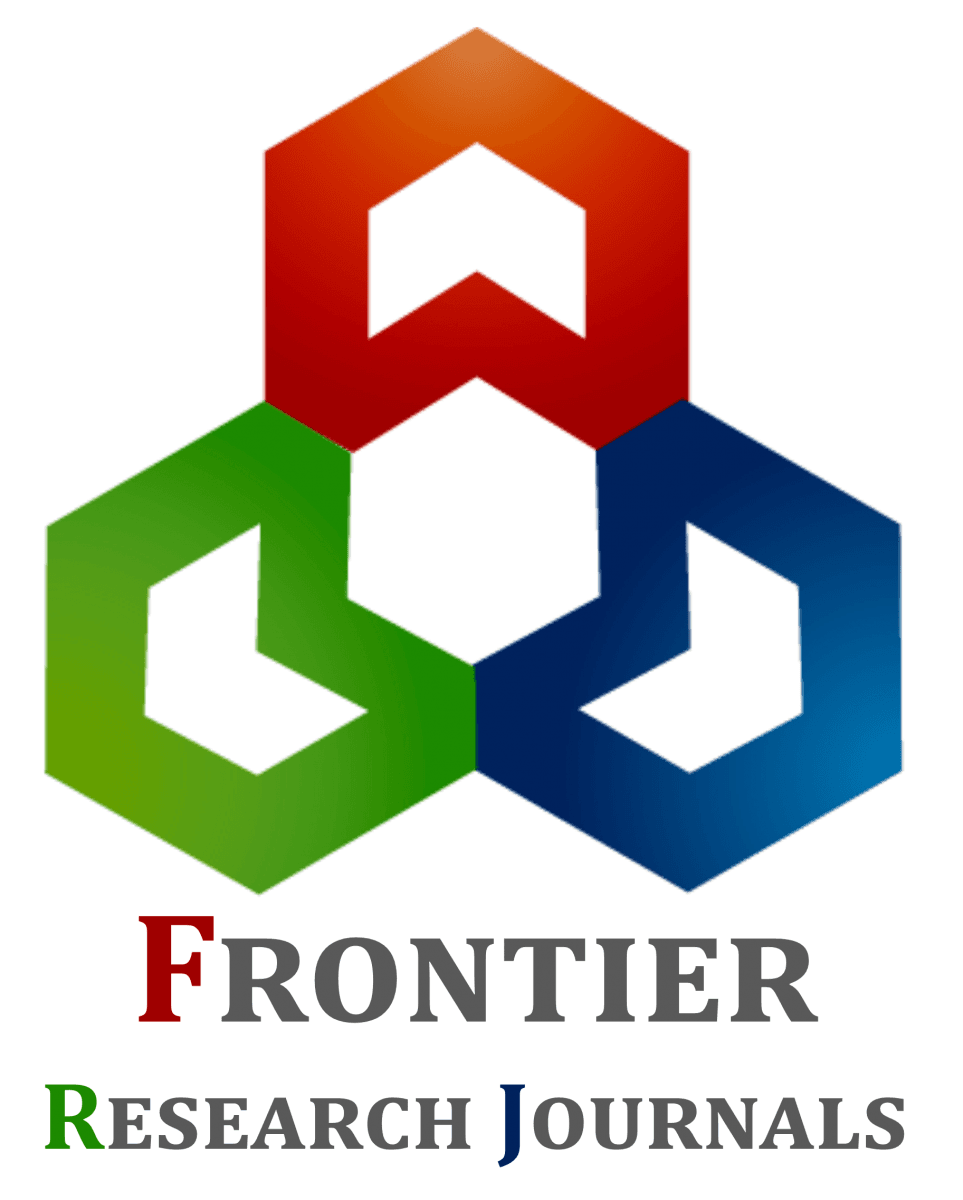A Proposal for method of cold nuclear fusion, based on new Axioms and Laws
Bulgarian Academy of Sciences, Bulgaria.
Review
International Journal of Frontiers in Engineering and Technology Research, 2024, 06(01), 027–039.
Article DOI: 10.53294/ijfetr.2024.6.1.0027
Publication history:
Received on 12 January 2024; revised on 15 March 2024; accepted on 18 March 2024
Abstract:
It is known that the Classical field theory is based on 1 basic Axiom set by Maxwell (1864). This basic Axiom describes a field with movement along a closed loop and with constant speed. It is an ideal foundation for describing an Electromagnetic Field, but it is not suitable for other more complex fields with variable speed and different accelerations.
The author has proposed a more general Theory of Extended Field which consists of 2 Axioms and 8 Laws. New Axiom1 describes a structure of field with movement along open loop or open vortex with variable speed. New Axiom2 describes two mutual orthogonal structures of fields which work in resonance. This new Theory leads to the following results: movement in a closed loop is replaced with movement in an open loop or vortex; evenly movement is replaced with unevenly movement (decelerated or accelerated) ; during its movement decelerating vortex emits primary free cross vortices, while accelerating vortices suck in of this same primary free cross vortices; movement in 2D is transformed into the movement in 3D; a transverse vortex in 2D generates a longitudinal vortex in 3D through a special transformation and vice versa - a longitudinal vortex in 3D through another special transformation generates the cross vortex in 2D.
Now the author proposes to use a longitudinal accelerating vortex for cold fusion. With a force proportional to the positive acceleration, it will suck in both vortices and atoms - in this case the isotope of hydrogen (deuterium). The accelerator vortex sucks in and sticks two of all the deuterium, which will form helium in an exothermic reaction with the release of a lot of heat.
A longitudinal acceleration vortex can be generated by applying Law 2. A decelerating transverse vortex in plane 2D (moving outside-inward) generates at its center a longitudinal accelerating vortex in 3D perpendicular to the 2D plane. This perpendicular accelerating vortex at the center pulls the transverse decelerating vortex up (against the Gravitational Force) or has quality of Anti-Gravity Force.
Keywords:
Open vortices; Accelerating and decelerating vortices; Funnel of longitudinal vortices; Non parametric processes; Gravity waves
Full text article in PDF:
Copyright information:
Copyright © 2024 Author(s) retain the copyright of this article. This article is published under the terms of the Creative Commons Attribution Liscense 4.0
